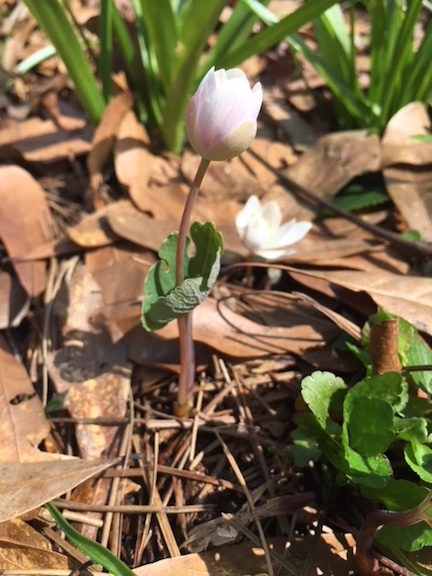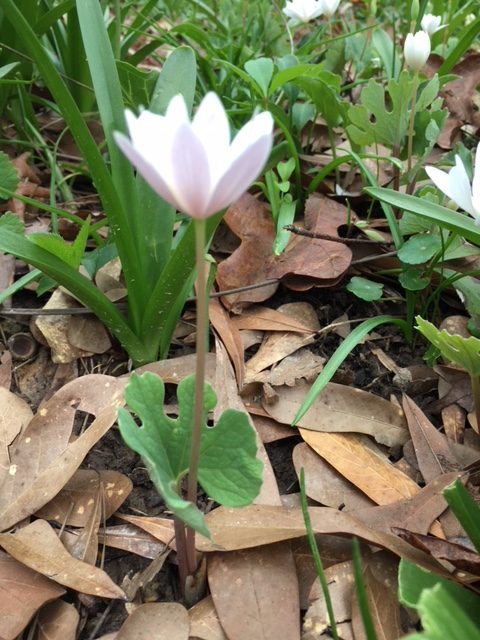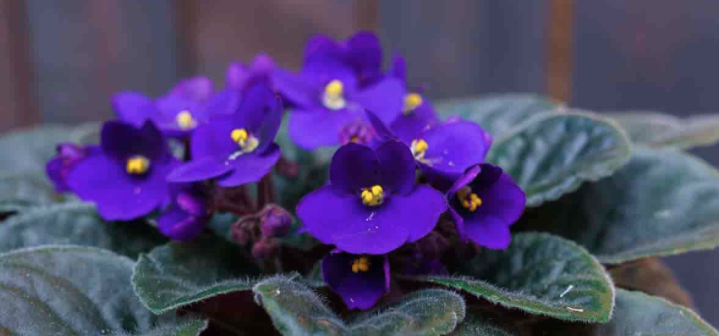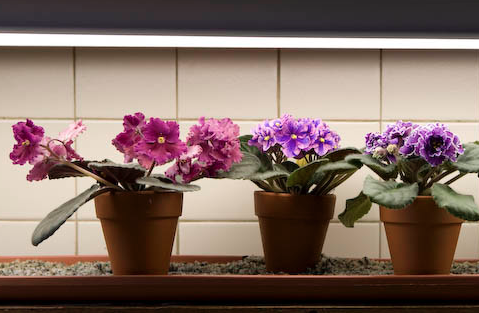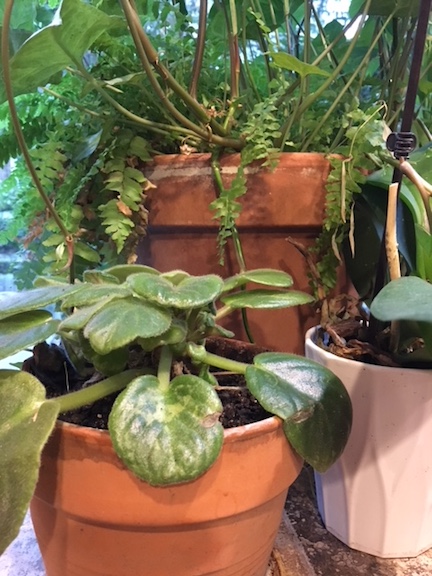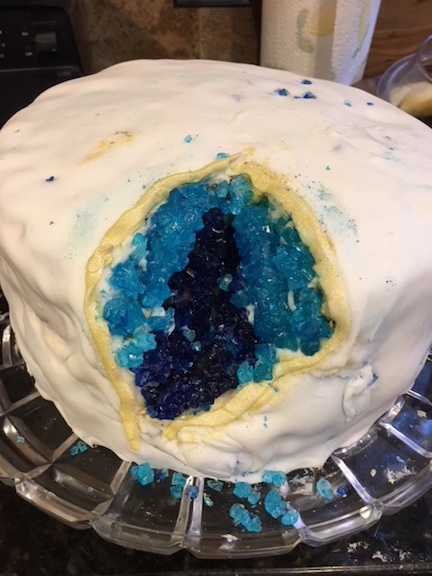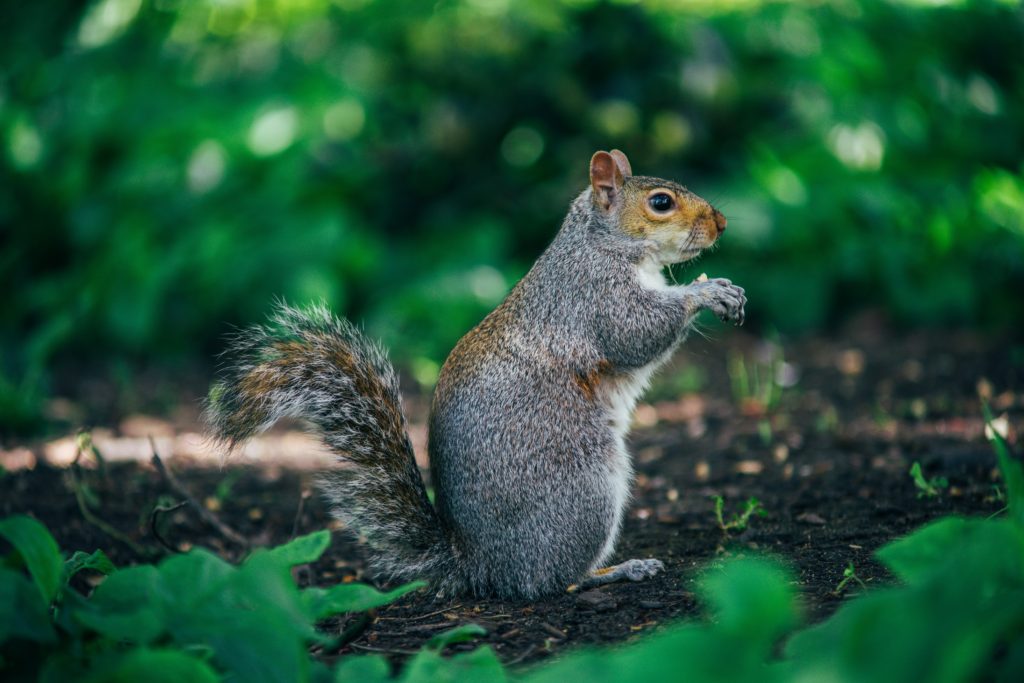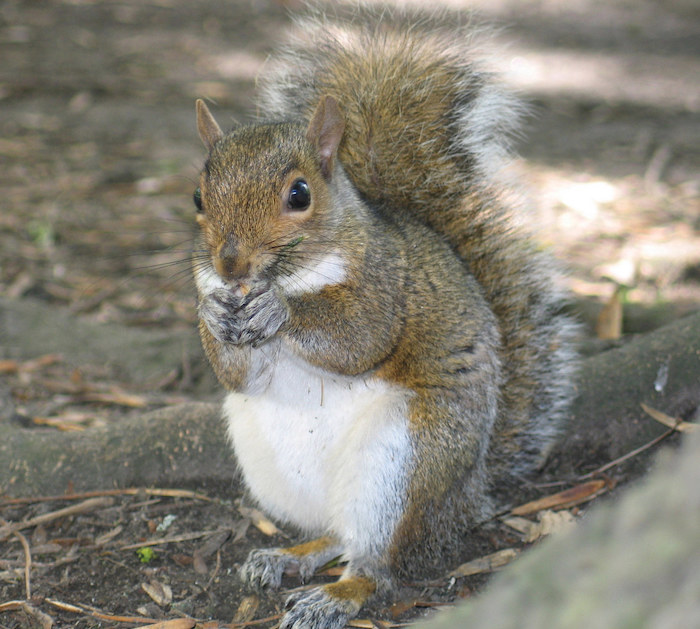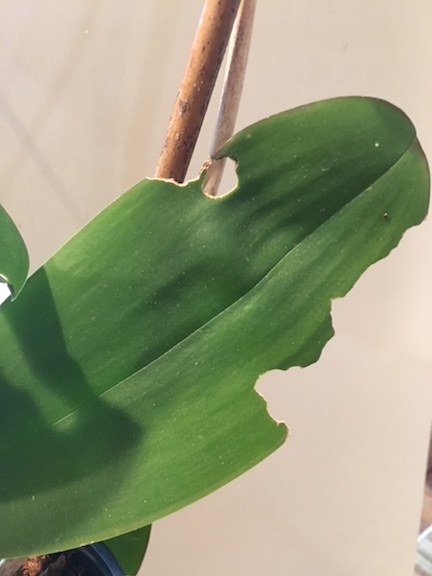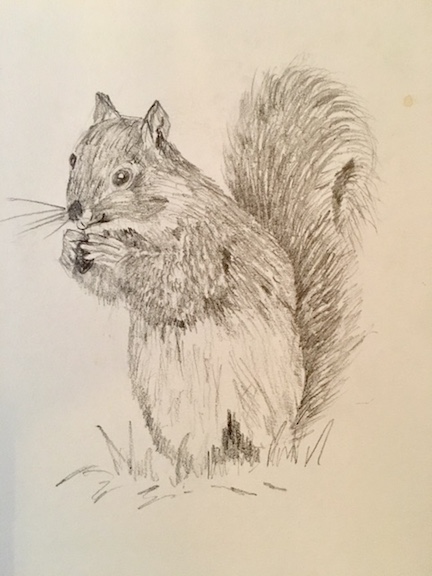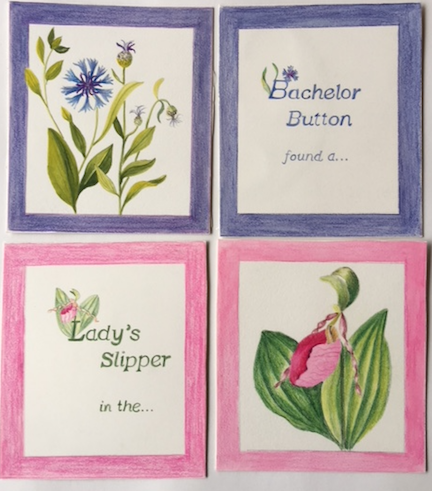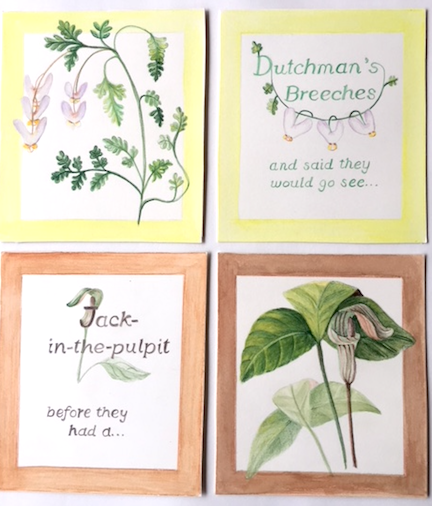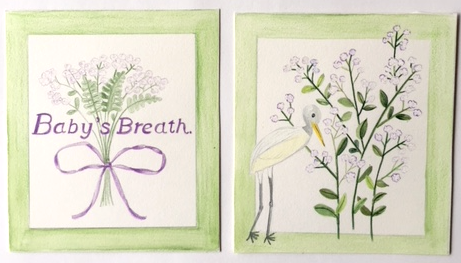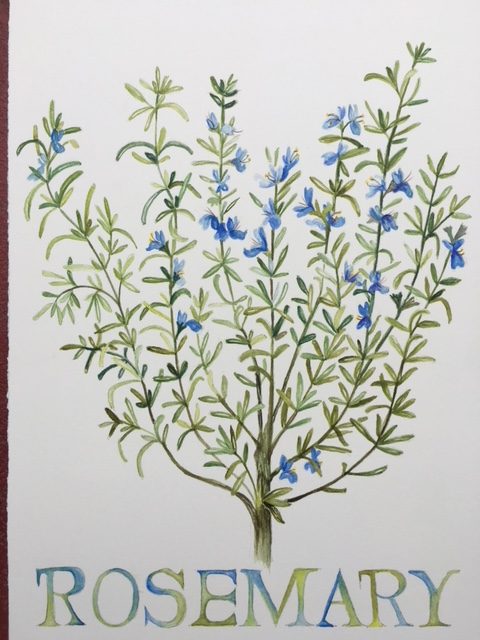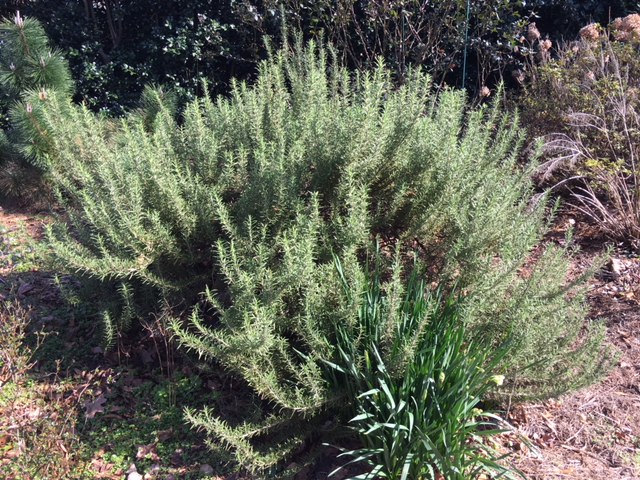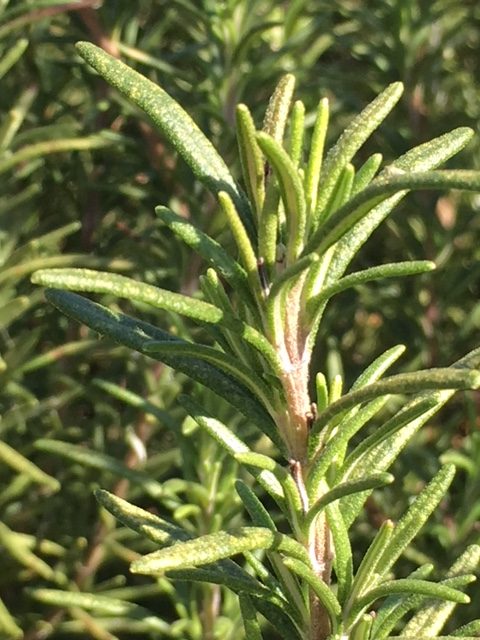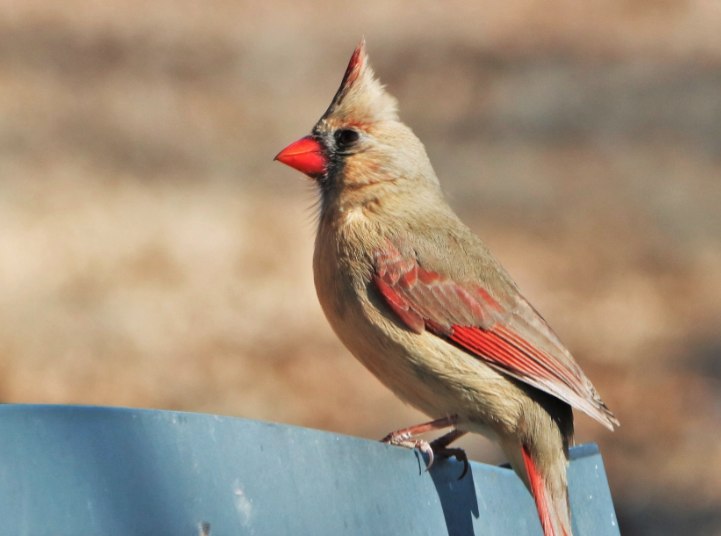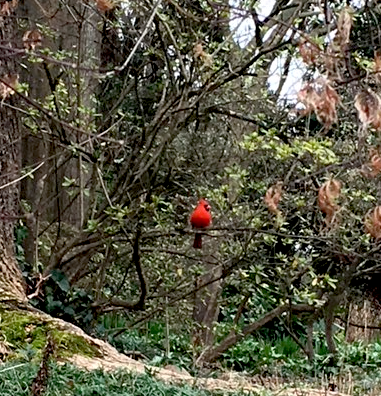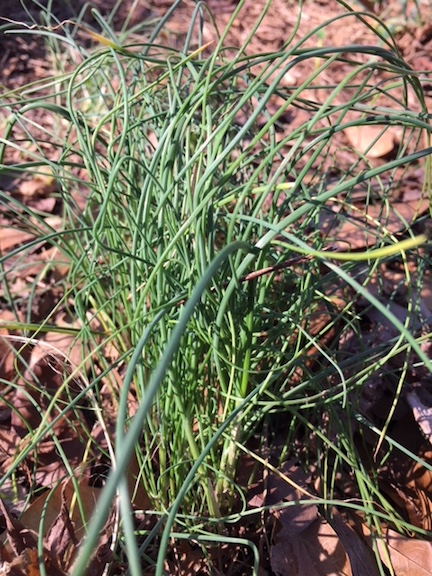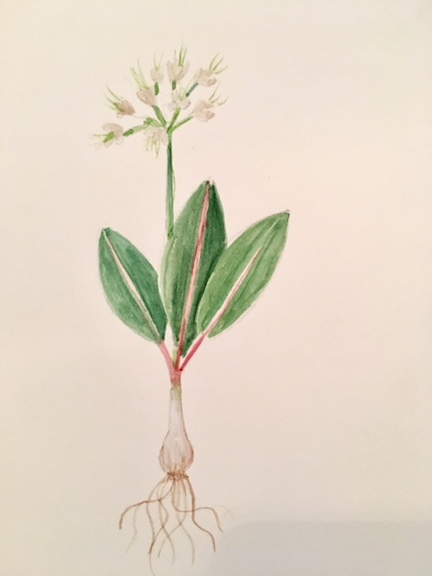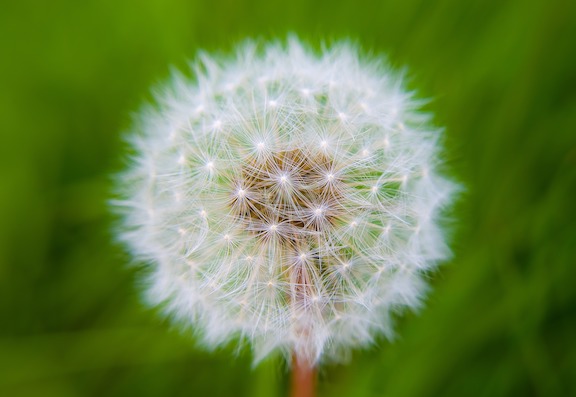In a response that I’ll admit is more instinctive than logical, I planted a “Victory” garden over the weekend. During World War II when food supplies were scarce, everyone was encouraged to plant “Victory” vegetable gardens to help the cause. I don’t really think that food supplies are going to become scarce because of the virus, I really don’t. But, some sort of survival mechanism has kicked in and I find myself being more careful and appreciative of my resources and less prone to waste them. Chief among these is food. Thus the victory garden.
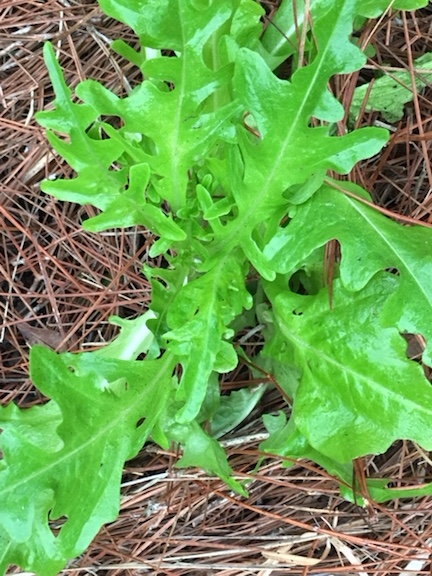
If I am successful with this venture, my “cause” will be defeating the squirrels. If you know me or read my blog, you’ll know that I place squirrels in the same category as cockroaches. Despicable little varmints.
A few years ago I was growing so much kale I couldn’t give it away. Then the squirrels ate them down to a nub. I switched to Swiss chard, which worked for a year until one morning I walked out and they were all gone. Totally. Since then, I’ve been buying my greens at the market, complaining and grouching every time I do, until last time, when I decided that no squirrel was going to best me. And I declared war.
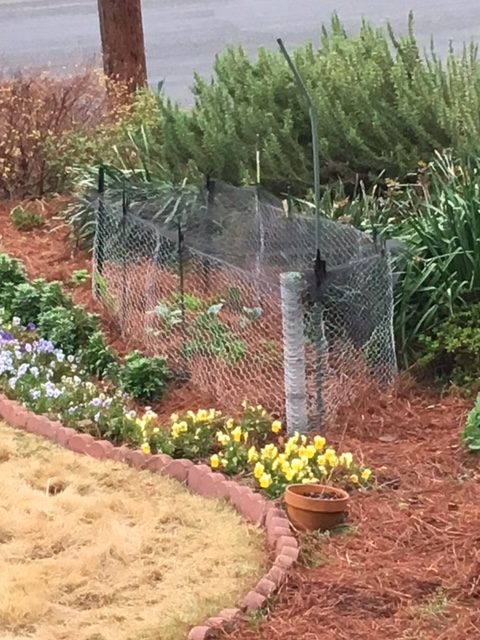
Armed with chicken wire, metal stakes, shovels, and bird netting, I went to work. In the front yard, right in the middle of my beautiful flower garden I dug a trench about 6 x 2 feet. I placed stakes at regular intervals and carefully wrapped the chickenwire around the stakes, securing them with plastic ties and burying the bottom of the wire in the trench. I planted my little greens and closed off the top with bird netting and clothes pins. And sat back to wait. My prayer is that the squirrels will line up outside the cage and look longingly at what’s inside and won’t be able to get to it. Ha! That would make my day. Despicable little varmints.
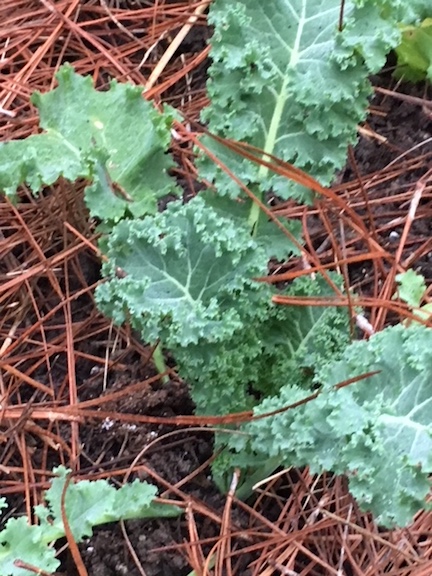
Now, a few days later, it’s looking good. Kale, collard greens and bright green lettuce all seem to be perfectly happy and untouched by despicable little varmints.
It feels good to have something real to fight these days when so much of our time is taken up by simply waiting and worrying. I would declare my little venture a complete success except, I have yet to see the squirrels lining up at the fence, looking miserable. Sigh. I can only hope. Then I truly would have a victory garden.
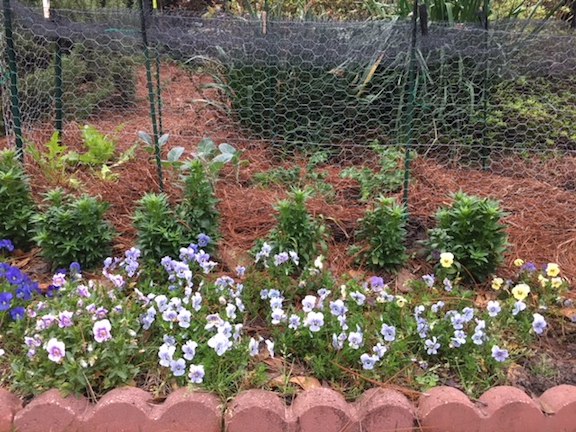
I hope that you are all safe and healthy. Do some gardening while you have a bit of time at home. Try building a fence around your plants. If you’re lucky you can make some squirrels absolutely miserable. What a victory!!


